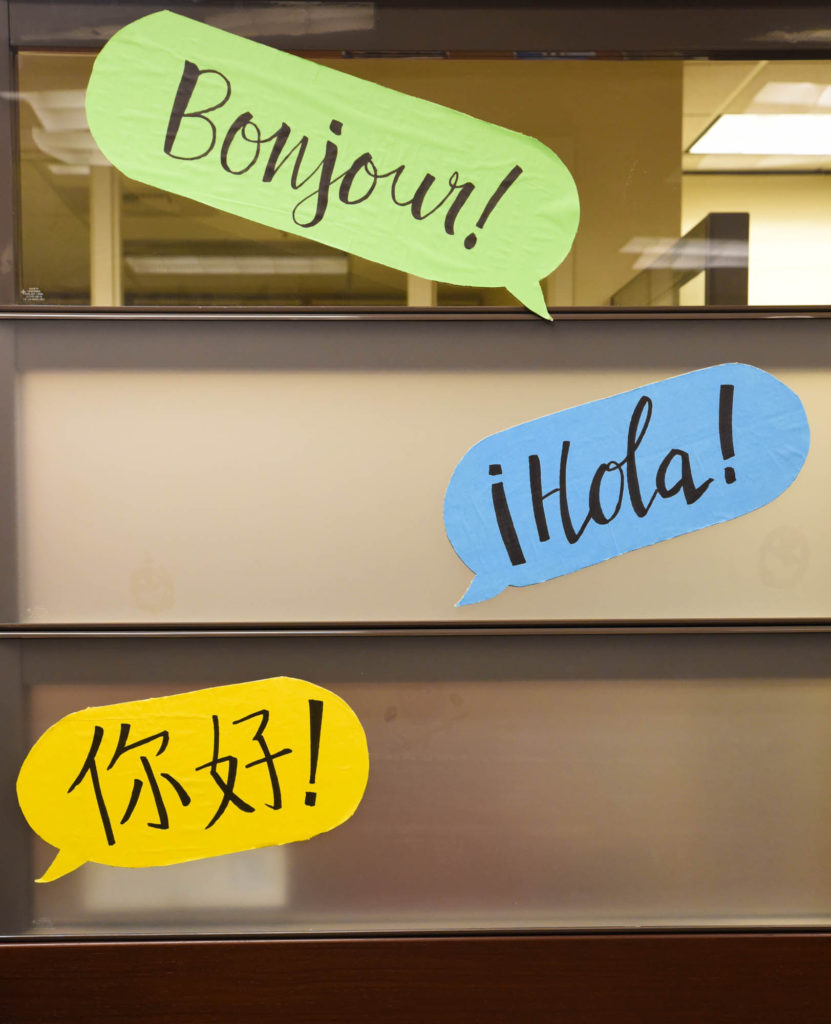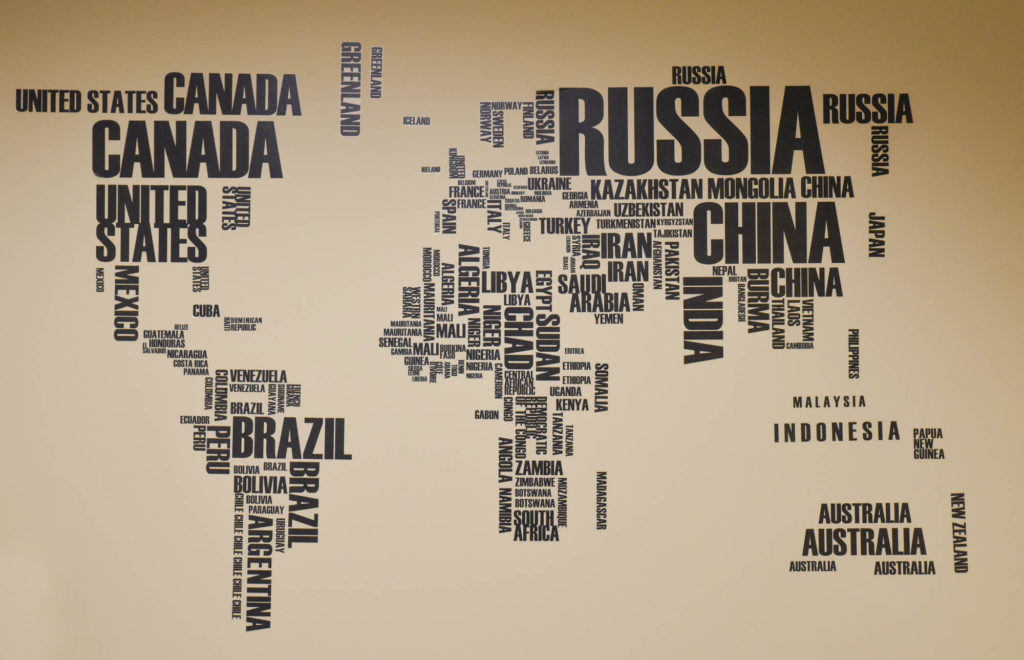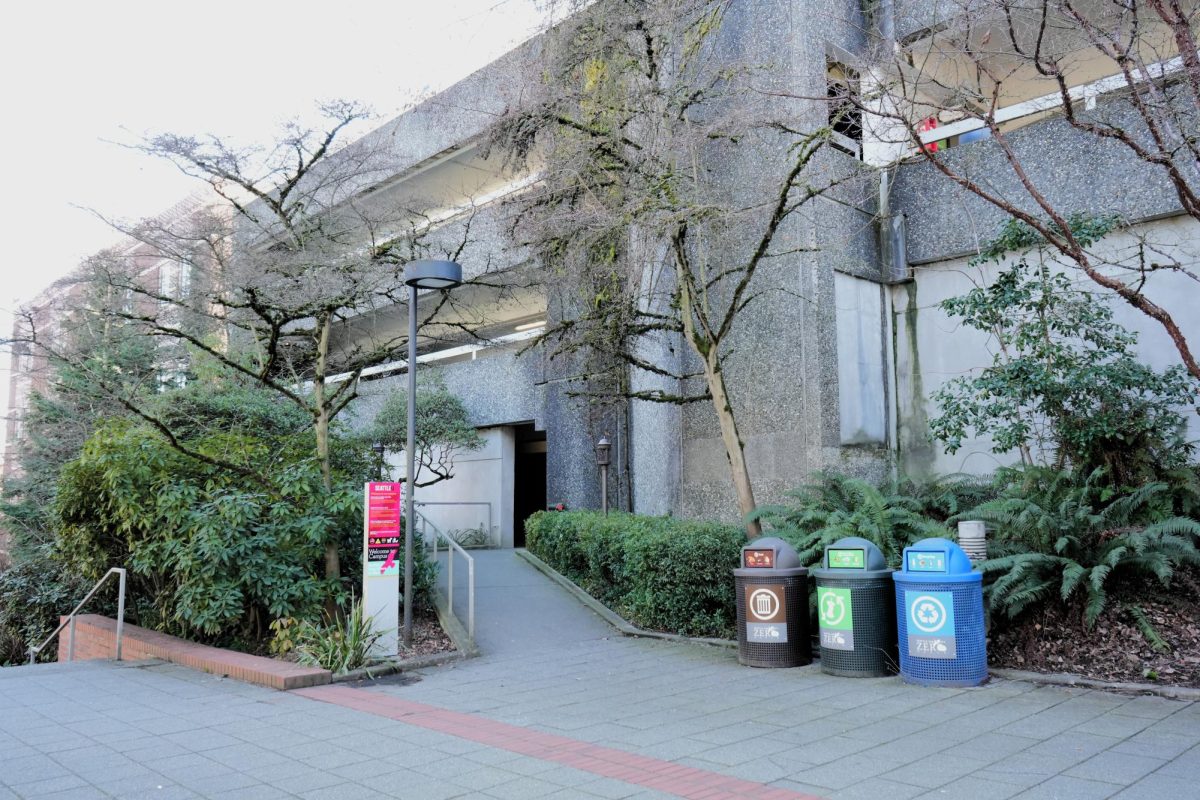The finances are often the dark side of study abroad for students: program costs, transfer fees and credit eligibility can often overshadow the expectations they may have going into the program. Seattle University students have to understand the fine print of what they are paying before they can pack their bags.
One of the main concerns of study abroad is the common misconception that it will cost drastically more than studying at Seattle U. However, some students can mitigate costs by going abroad in the fall.
Most students will make the switch to a semester system while abroad. Within “SU Sponsored” and exchange programs, students will pay only one quarter of Seattle U tuition if the program falls during fall semester, and they receive one quarter of scholarships and two quarters of federal or state aid.
However, if the program falls during spring semester, students may only receive the one quarter of scholarships and grants. If they have a large program fee or large outside expenses during the six months, this may be problematic.
There are over 70 SU Sponsored programs which are partnerships between Seattle U and other organizations. Program fees for SU Sponsored programs can be anywhere from no extra cost to $12,000 extra.
“Sponsored programs have their own representatives that we work closely with if we are not totally equipped to talk about the entity of the program,” Gina Lopardo, the director of the Education Abroad Office (EAO), said. “We at least have somebody we can connect students to to learn more.”
The Education Abroad Office requires students to go through a general informational meeting and a one-on-one meeting with an EAO advisor before studying abroad.
Non-Seattle U programs can be more complicated. With these programs, overall cost varies depending on the chosen program. However, this doesn’t necessarily mean that it’s more expensive.
Tuition at Seattle U is $42,120 without any financial aid, and an average study abroad cost in the U.K. hovers around $8,000 to $21,000 according to International Institute of Education. The costs can be even less if students choose to study in a country with a favorable exchange rate, such as Peru or Morocco.
If students choose this option, there is a $1,000 fee for their credits to be transferred back to Seattle U and they must get every credit approved by Seattle U.
Additionally, many scholarships are offered to help pay for abroad programs. The Boren Scholarships are federally funded and provide assistance to students who agree to work for the government for at least one year after graduation. The Gilman International scholarship is federally funded as well and is open to all who receive the Federal Pell Grant. Diversity Abroad also provides scholarships to low-income, first-generation students.
“We are hoping students are talking to whoever financially supports them throughout the process,” said Lopardo. “Honestly what I have found [is that] students are not paying attention to what we provide and tell them about finances and then all of a sudden it becomes a surprise to a parent.”
Despite the EAO’s attempts to help students as they navigate this process, many feel that this process is chaotic and frustrating.
“It was very decentralized. They keep telling you to go to your advisor. I’m doing criminal justice and Chinese and the two are not integrated, so I had to constantly go from one advisor to the other advisor. I saw like 50 different people before I could figure out what I needed,” said Gina Loh. She participated in the SU Sponsored, USAC Shanghai program for her minor in Chinese.
Faculty-led programs are the easiest to apply to and have the largest support network present on campus. Students go with an Seattle U professor, all tuition and aid is the same as in Seattle U, and students take Seattle U courses—which means there is no worry about transferring courses from another institution.
Some of the drawbacks of these programs are they are mostly concentrated on language courses. Students also travel with only other Seattle U students.
“If a faculty-led program fits your four-year plan or your study plan and it’s interesting to you, then do it. It’s so easy; it feels like all you have to do is buy your tickets and apply,” said Emily Reinl, a former Latin American Study Program member. “I went to the study abroad meeting, and it was super overwhelming. There are like a million programs and they all do their own thing.”
When it comes to the options for studying abroad, Seattle U has many offerings to fit different needs. While some programs excel at accommodating budgetary needs, others simplify pre-departure steps and minimize stress. The most critical piece, however, is making sure that the communication is as clear as possible.
Erika may be reached at
esilva@su-spectator.com

















